Contents
1 Introduction
1.1 THE CONCEPT OF INERTIAL NAVIGATION
1.2 TYPES OF INERTIAL NAVIGATION SYSTEMS
1.3 A CRITIQUE O F PREVIOUS ANALYSIS TECHNIQUES
1.4 A UNIFIED APPROACH TO THE ERROR ANALYSIS
2 Mathematical Notation and
2.1 NOTATIONAL CONVENTIONS
2.2 THE TIME DERIVATIVE OF THE DIRECTION
2.3 COLUMN MATRIX TlME DERIVATIVES
2.4 ANALOGIES TO VECTOR ANALYSIS
2.5 PERTURBATION TECHNIQUES
2.6 SYMBOLOGY
3 Reference Frames
3.1 INERTIAL FRAME (i frame; x, y, z axes)
3.2 GEOGRAPHIC FRAME (n frame; N, E, D axes)
3.3 EARTH FRAME (e frame; x,, ye, ze axes)
3.4 GEOCENTRIC FRAME
3.5 BODY FRAME
3.6 TANGENT FRAME
3.7 REFERENCE FRAME RELATIONSHIPS
3.8 PLATFORM, ACCELEROMETER, AND GYRO FRAMES
4 Geometry of the Earth
4.1 T H E GEOCENTRIC POSITION VECTOR
4.2 THE DEVIATION OF THE NORMAL
4.3 THE EARTH RADIUS MAGNITUDE
4.4 THE EARTH'S GRAVITATIONAL FIELD
4.5 THE EARTH'S GRAVITY FlELD
4.6 ANALYTIC EXPRESSIONS FOR THE SPECIFIC FORCE
5 Single-Degree-of-Freedom Gyroscope Performance
5.1 PRINCIPLE OF OPERATION
5.2 DYNAMIC MODEL FOR THE SDF GYRO
5.3 UNCERTAINTY TORQUE COMPENSATION
5.4 INSTRUMENT A N D SYSTEM REDUNDANCY AND
6 The Space-Stabilized Terrestrial
6.1 DESCRIPTION O F SYSTEM
6.2 MECHANIZATION EQUATIONS
6.3 ERROR ANALYSIS
7 The Local- Level Terrestrial
7.1 DESCRIPTION OF SYSTEM
7.2 MECHANIZATION EQUATIONS
7.3 ERROR ANALYSIS
7.4 T H E TWO-ACCELEROMETER LOCAL-LEVEL .SYSTEM
8 Development of a Unified Error
8.1 A GENERAL TERRESTRIAL NAVIGATOR MODEL
8.2 GENERALIZED MECHANIZATION AND ERROR
8.3 CANONICAL FORM OF THE ERROR EQUATIONS
8.4 SPECIALIZATION OF THE GENERALIZED THEORY
8.5 EFFECT OF ALTIMETER UNCERTAINTY
9 Self-Alignment Techniques
9.1 ANALYTIC COARSE ALIGNMENT METHOD
9.2 PHYSICAL GYROCOMPASS ALIGNMENT7
9.3 ALIGNMENT OF STRAPDOWN SYSTEMS
Appendix A Development of a System Error
A.1 SYSTEM DESCRIPTION
A.2 DERIVATION O F SYSTEM DIFFERENTIAL EQUATIONS
A.3 SO-LUTION OF SYSTEM DIFFERENTIAL EQUATIONS
A.4 APPROXIMATIONS TO THE SOLUTIONS
A.5 DEVELOPMENT OF AN ERROR MODEL
Appendix B State Transition Matrix for Inertial
B.1 FORMULATION IN STATE SPACE NOTATION
B.2 STATE TRANSITION MATRIX
8.3 STATE TRANSITION MATRIX FOR SHORT
8.4 EXAMPLES
Appendix C Statistical Error Analysis Methods
C.1 RESPONSE O F A LINEAR SYSTEM TO RANDOM INRUTS
C.2 RESPONSE TO THE ENSEMBLE OF
C.3 RESPONSE TO W H I T E NOISE
References
Index
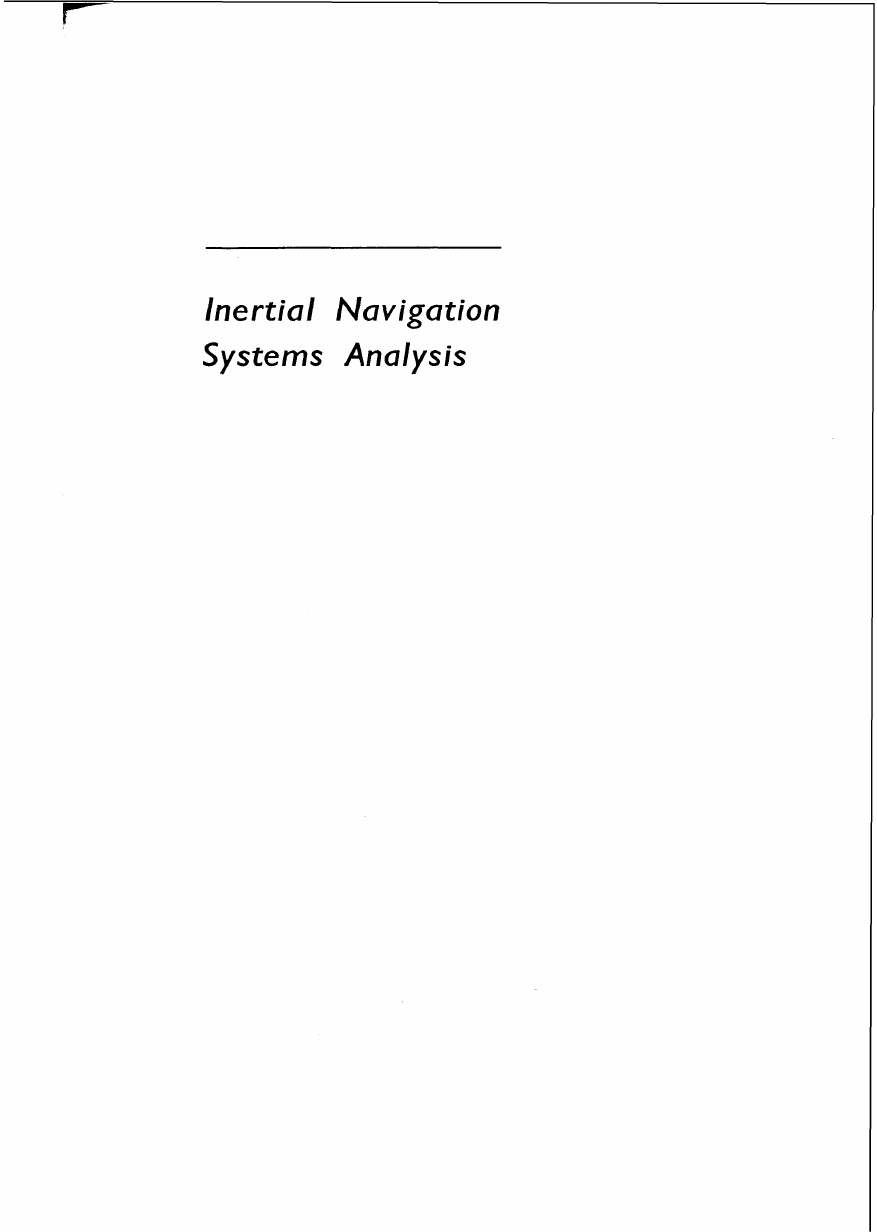

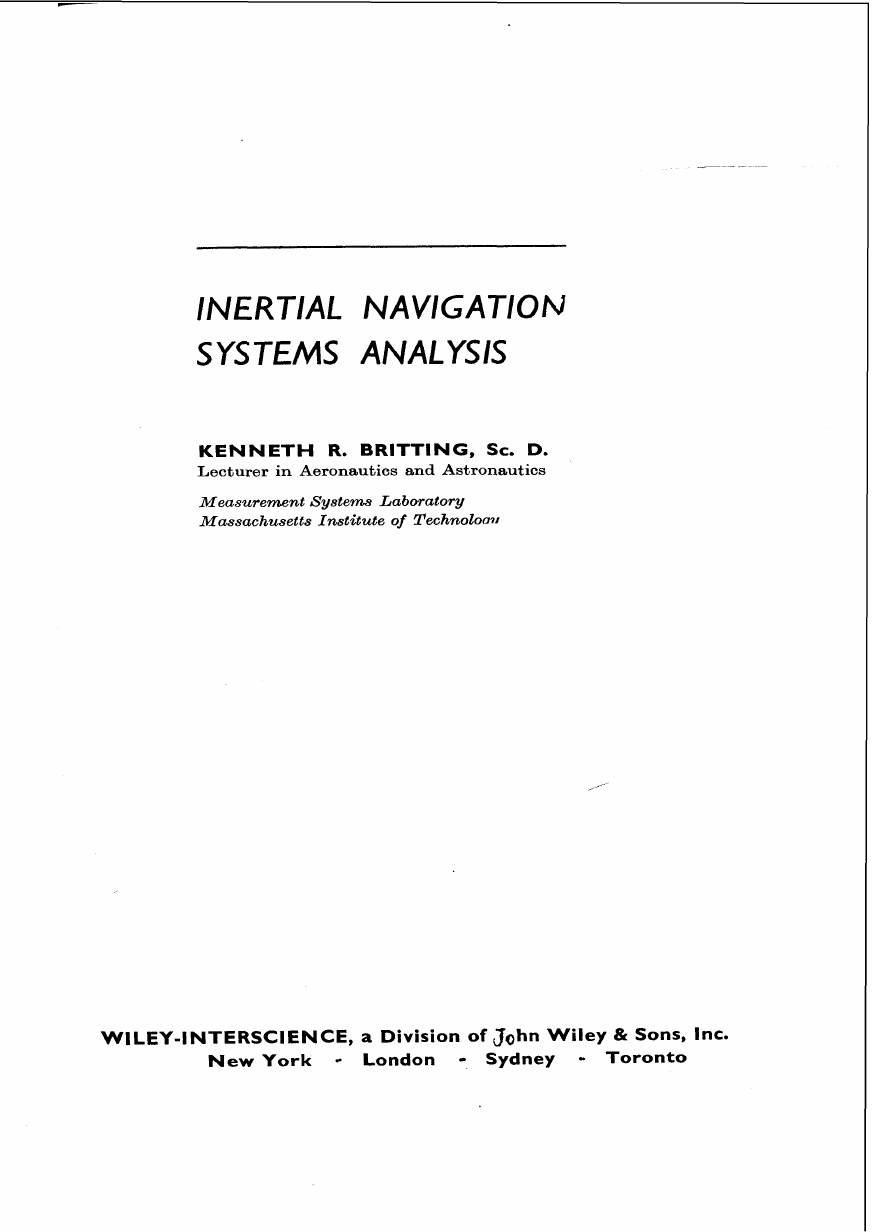
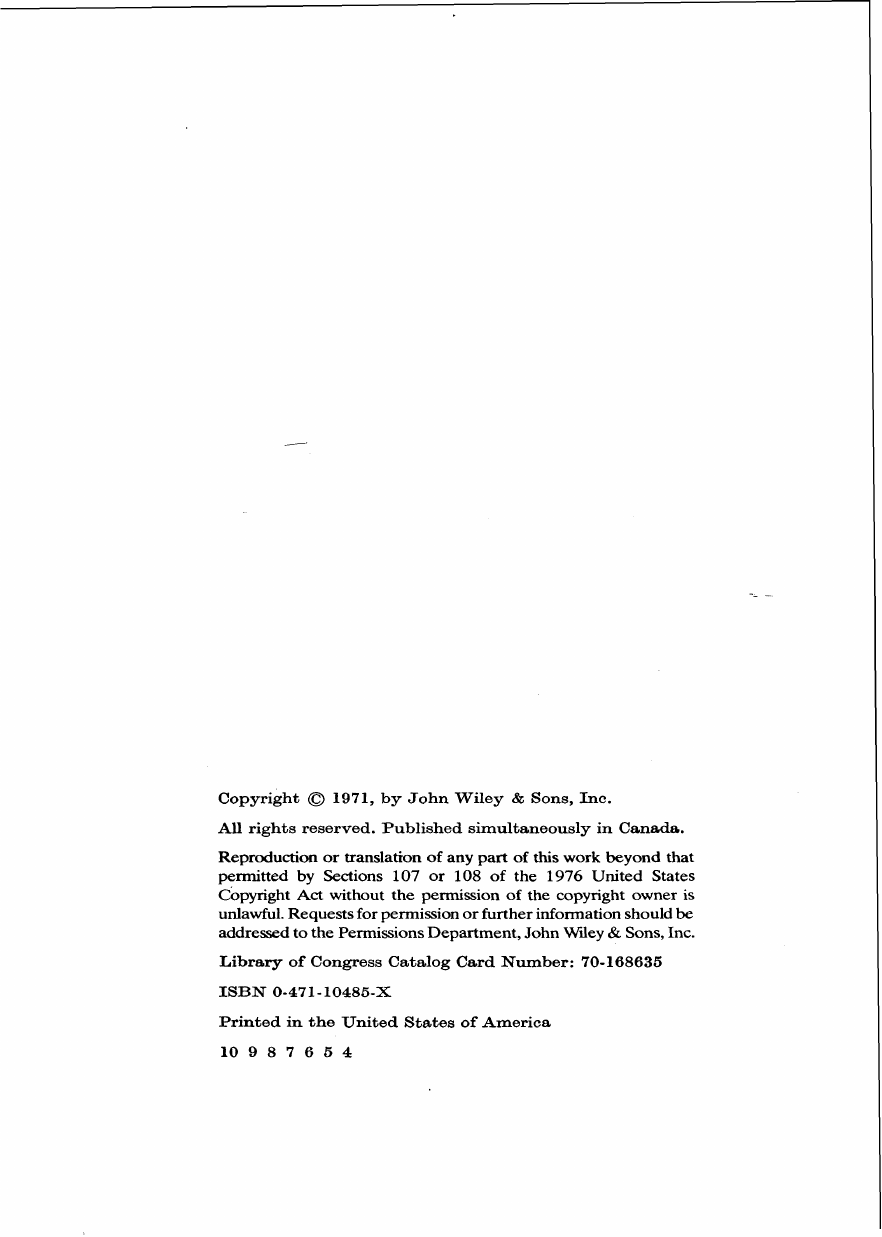


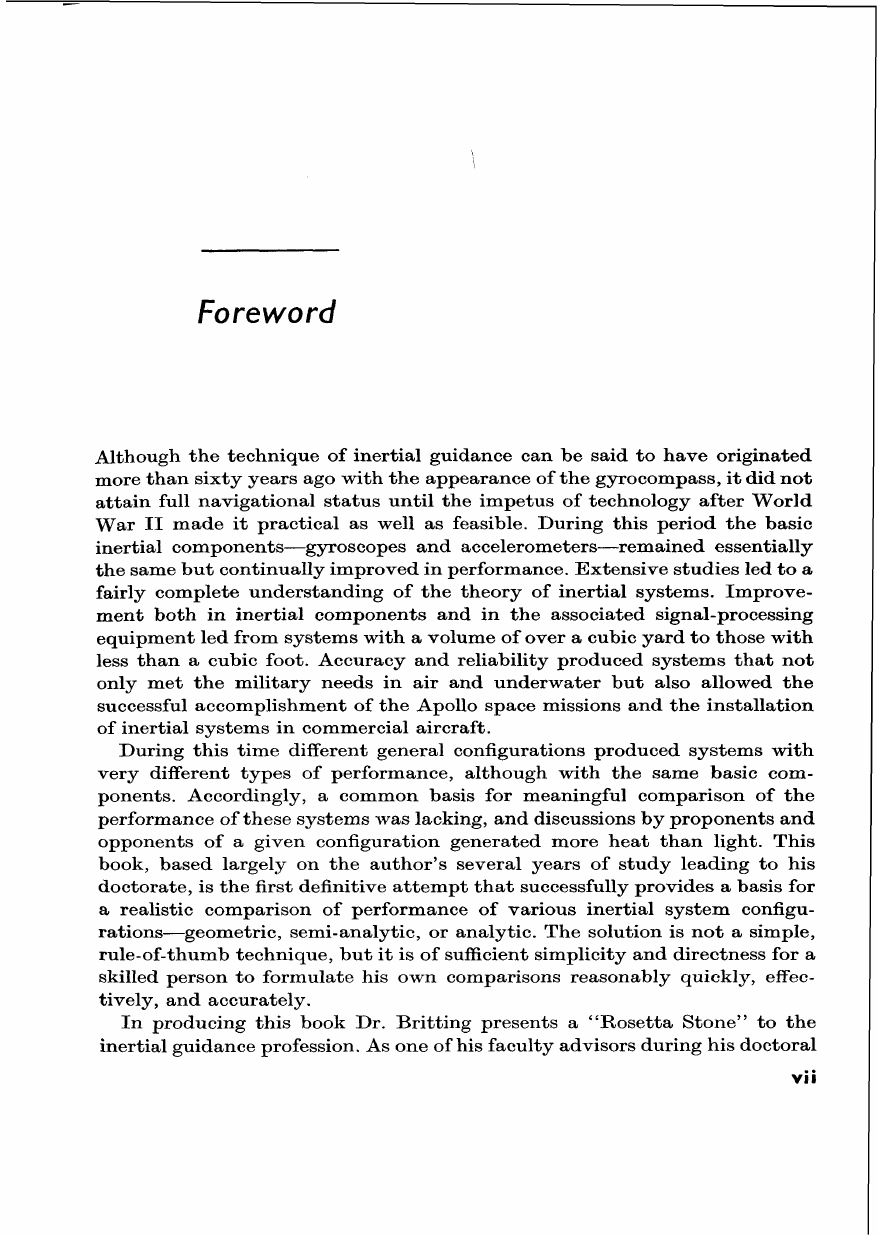
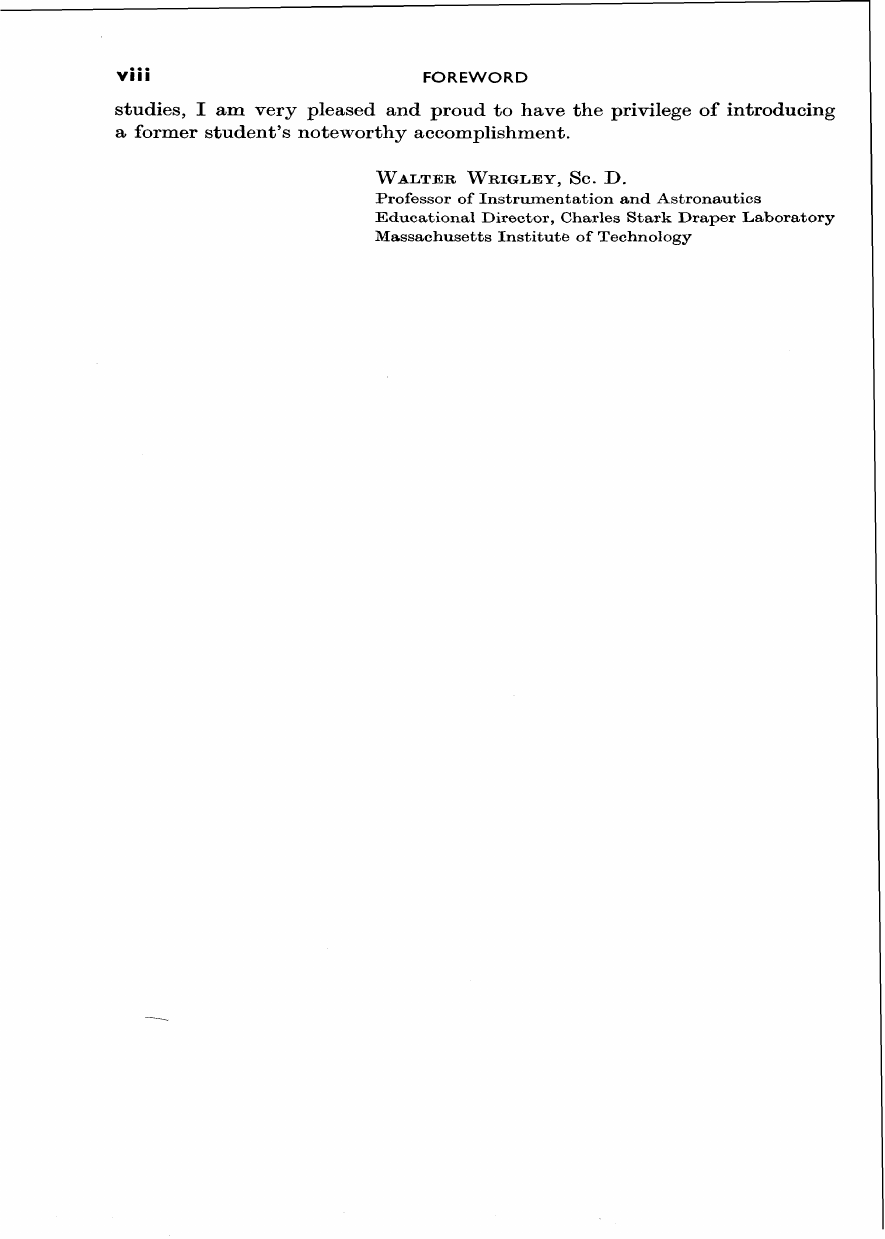








 2023年江西萍乡中考道德与法治真题及答案.doc
2023年江西萍乡中考道德与法治真题及答案.doc 2012年重庆南川中考生物真题及答案.doc
2012年重庆南川中考生物真题及答案.doc 2013年江西师范大学地理学综合及文艺理论基础考研真题.doc
2013年江西师范大学地理学综合及文艺理论基础考研真题.doc 2020年四川甘孜小升初语文真题及答案I卷.doc
2020年四川甘孜小升初语文真题及答案I卷.doc 2020年注册岩土工程师专业基础考试真题及答案.doc
2020年注册岩土工程师专业基础考试真题及答案.doc 2023-2024学年福建省厦门市九年级上学期数学月考试题及答案.doc
2023-2024学年福建省厦门市九年级上学期数学月考试题及答案.doc 2021-2022学年辽宁省沈阳市大东区九年级上学期语文期末试题及答案.doc
2021-2022学年辽宁省沈阳市大东区九年级上学期语文期末试题及答案.doc 2022-2023学年北京东城区初三第一学期物理期末试卷及答案.doc
2022-2023学年北京东城区初三第一学期物理期末试卷及答案.doc 2018上半年江西教师资格初中地理学科知识与教学能力真题及答案.doc
2018上半年江西教师资格初中地理学科知识与教学能力真题及答案.doc 2012年河北国家公务员申论考试真题及答案-省级.doc
2012年河北国家公务员申论考试真题及答案-省级.doc 2020-2021学年江苏省扬州市江都区邵樊片九年级上学期数学第一次质量检测试题及答案.doc
2020-2021学年江苏省扬州市江都区邵樊片九年级上学期数学第一次质量检测试题及答案.doc 2022下半年黑龙江教师资格证中学综合素质真题及答案.doc
2022下半年黑龙江教师资格证中学综合素质真题及答案.doc